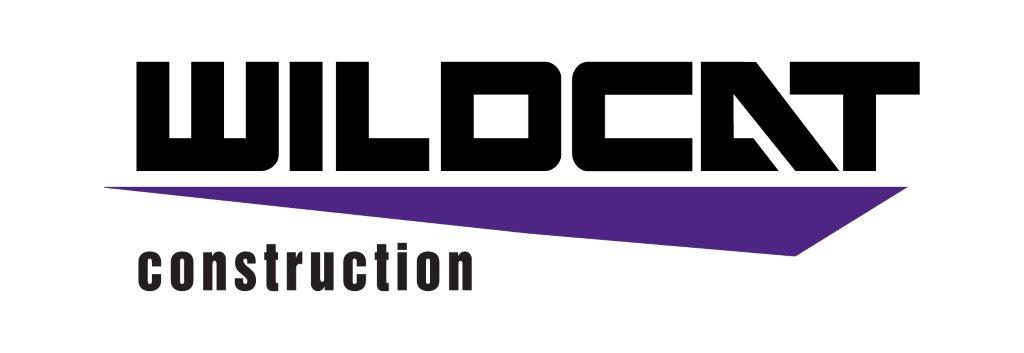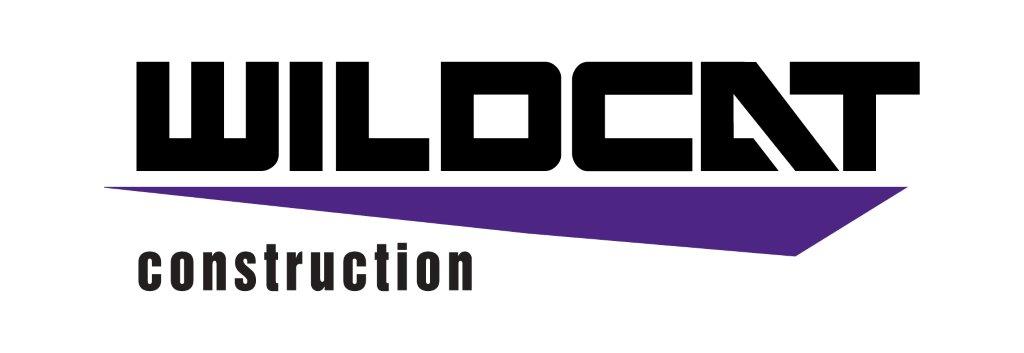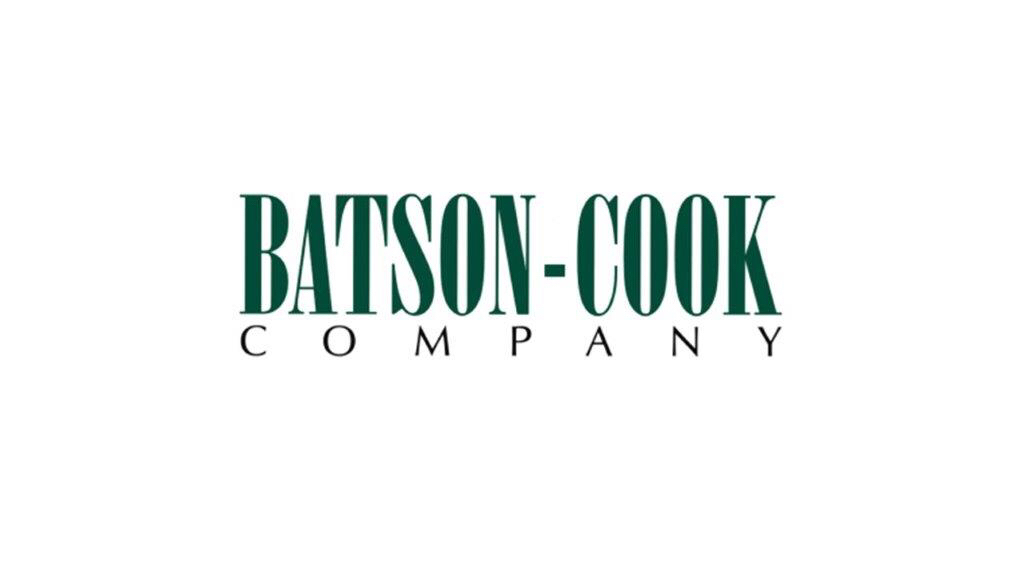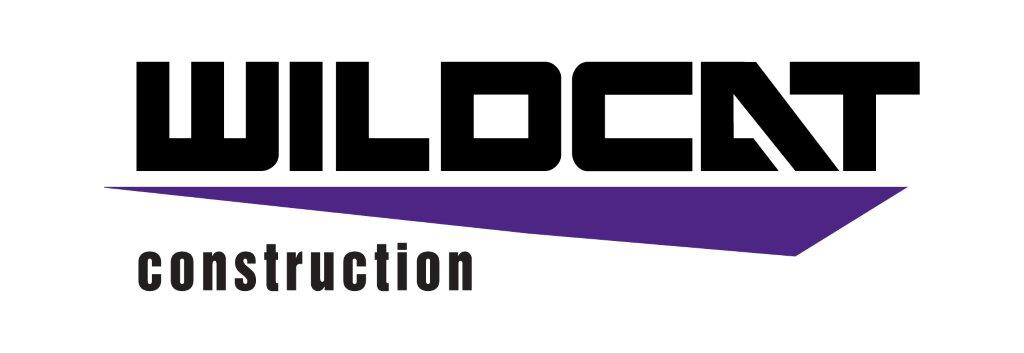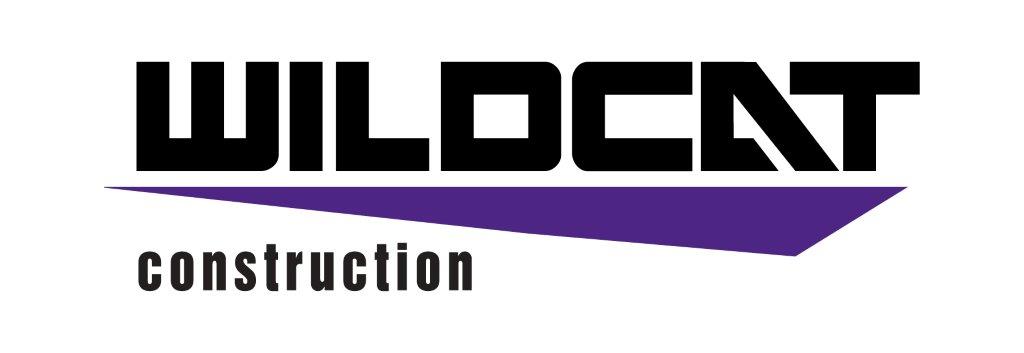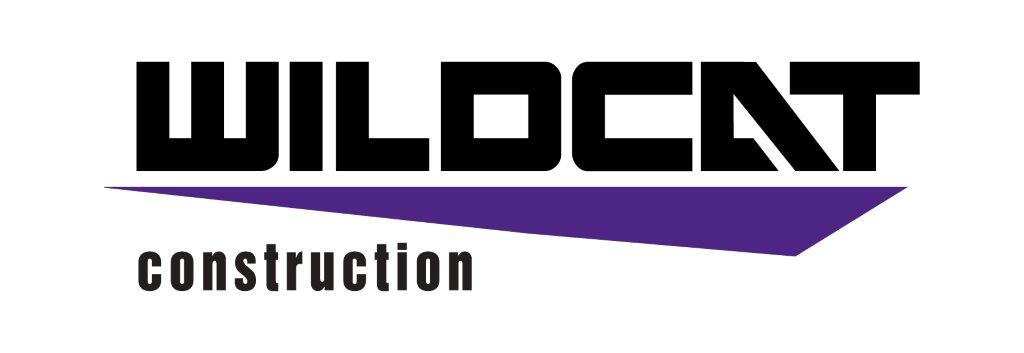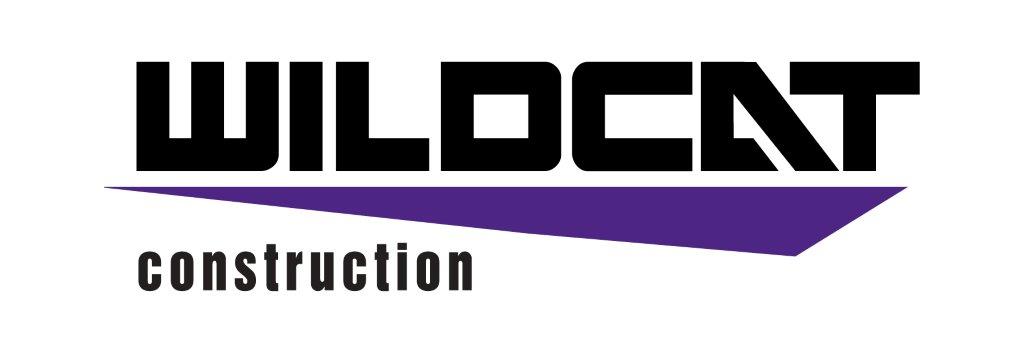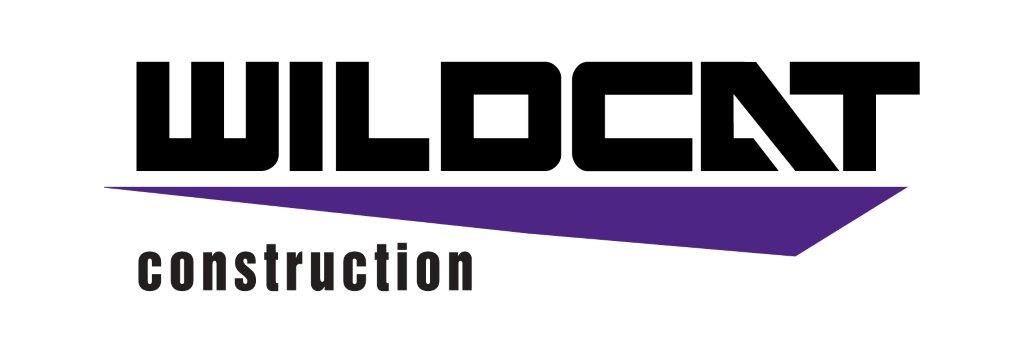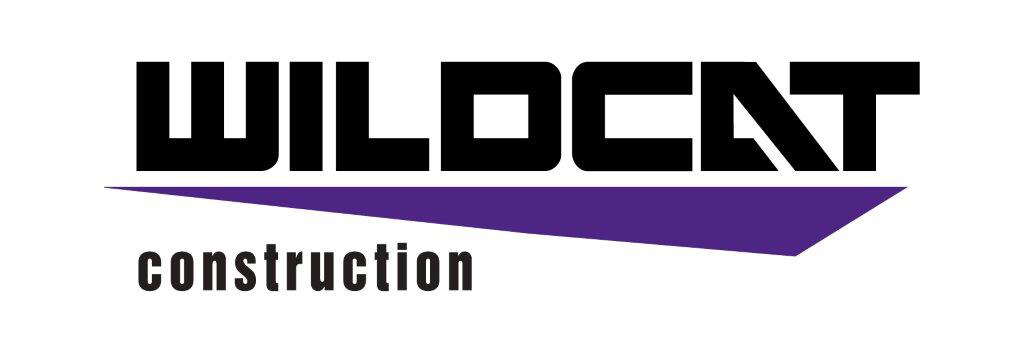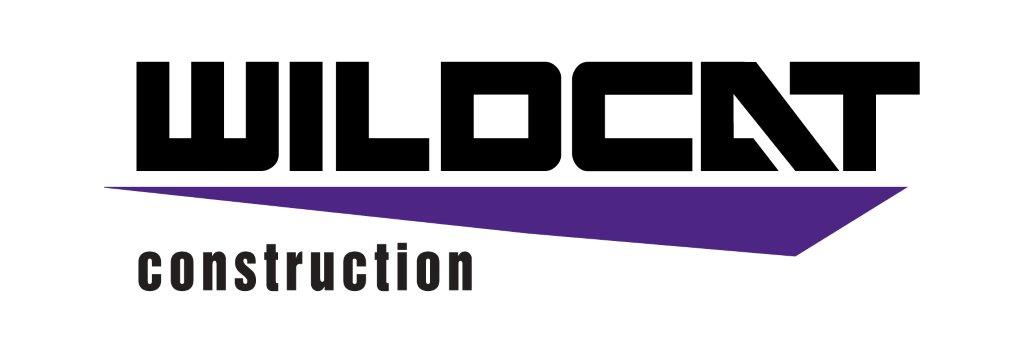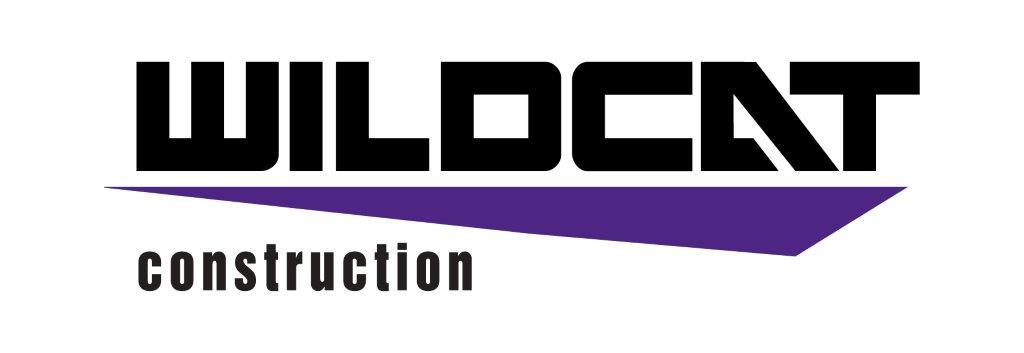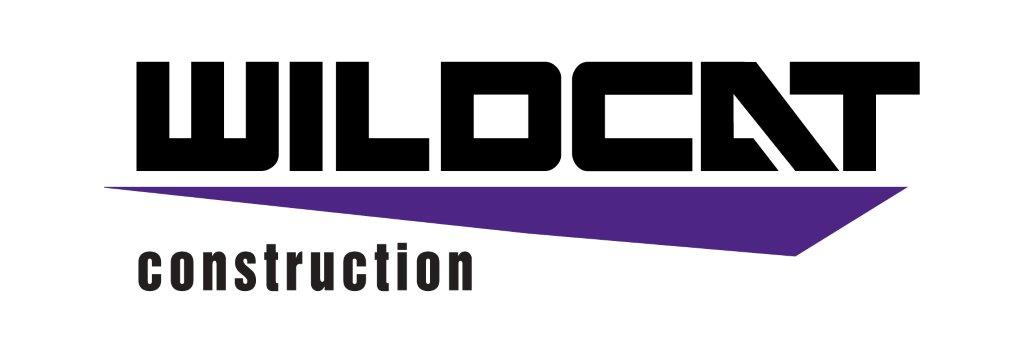Information
-
1. Project Name / Project Number:
-
2. Project Contractor:
-
3. SWMP Administrator (Qualified Stormwater Manager) / Erosion Control Inspector:
-
4. CDOT Project Engineer / CDOT Designee:
-
5. Other Attendee(s) (Name and Title):
-
6. CDOT Project Number:
-
7. Project Code (Sub Account #):
-
8. CDPS-SCP Certification #:
-
9. CDOT Region:
-
10. Date of Project Inspection:
-
11. Weather at time of inspection:
- Sunny
- Hot
- Cold
- Cloudy
- Rain
- Sleet
- Snowing
- High Winds
12. REASON FOR INSPECTION / EXCLUSION
-
Routine Inspection: (A routine erosion control inspection shall be conducted at a minimum, once every 7 calendar days)
-
Runoff Event: (Post storm event inspections must be conducted within 24 hours after the end of any precipitation or snowmelt event that causes surface erosion. If no construction activities will occur following a storm event, post storm inspections shall be conducted prior to re-commencing construction activities, but no later than 72 hours following the storm event. The occurrence of any such delayed inspection must be documented in the inspection record.) Routine inspections still must be conducted every 7 calendar days.
-
Storm Start Date:
-
Approximate End Time of Storm (Hrs):
-
Third Part Request:
-
Winter Conditions Inspections Exclusion: Inspections are not required at sites where construction activities are temporarily halted, snow cover exists over the entire site for an extended period, and melting conditions posing a risk of surface erosion do not exist. This exception is applicable only during the period where melting conditions do not exist, and applies to the routine 7-day inspections, as well as the post storm event inspections. If visual inspection of the site verifies that all of these conditions are satisfied, document the conditions in Section 17 (General Notes) and proceed to Section 18 (Inspection Certification). Documentation must include: dates when snow cover occurred, date when construction activities ceased, and date when melting conditions began.
-
Other:
13. SWMP MANAGEMENT
-
Is the SWMP located onsite?
-
Are changes to the SWMP documents noted and approved?
-
Are the inspection reports retained in the SWMP?
-
Are corrective actions from the last inspection completed?
-
Is a Spill Response Plan updated in the SWMP?
-
Is a list of potential pollutants updated in the SWMP?
14. CURRENT CONSTRUCTION ACTIVITIES
-
(a) Describe current phase of construction activities
-
(b) Estimate of disturbed area at the time of the inspection, use guidance found in 208.04(e)
-
Temporary Stabilization (includes areas of vertically tracked and/or surface roughened temporary stabilizing surface treatments)
-
Interim Stabilization (spray on soil tackifier such as organic mulch tackifier, bonded fiber matrix, wood cellulose fiber with tackifier, etc.)
-
Permanent Stabilization (includes areas of permanent seeding that have not achieved 70% of pre-disturbance vegetation levels)
-
Other (includes ground disturbing, clearing and grubbing, materials storage, equipment staging, haul roads)
-
Total acres of disturbance (includes cumulative total number of acres including temporary, interim, permanent stabilized and other)
-
Has the SWMP Phased BMP Implementation Matrix been updated?
15. CONSTRUCTION SITE ASSESSMENT & CORRECTIVE ACTIONS **Off-site Pollutant Discharges are a violation of the permit and reason for Immediate Project Suspension**
-
The construction Site Boundary / Limits of Construction (LOC), all disturbed areas, designated haul roads, material and/or waste storage areas that are exposed to precipitation, discharge locations, and locations where vehicles access the site shall be inspected for evidence of, or the potential for, pollutants leaving the LOC, entering the stormwater drainage system, or discharging to State waters. If there is evidence of sediment or other pollutants discharging from the site, see section 16 (Construction Site Assessment)
All erosion and sediment control practices identified in the SWMP shall be evaluated to ensure that they are maintained and operating correctly. Identify the condition of the control measure, using more than one letter if necessary: (I) Inadequate control measure; (M) Maintenance is needed; (A) Additional control measure is needed; (R) Remove control measure. Keep copies of this blank page for additional room if needed.
Continuous maintenance is required on all control measures. As per CDPS-SCP: "Control measures that are not operating effectively, have proven to be inadequate, or have failed must be addressed as soon as possible, immediately in most cases."
Area Inspected
-
Location
-
Control Measures
- Silt Fence
- Environmental Logs (Waddles)
- Hay Bales
- Aggregate Bags (Rock Socks)
- Road Sweeping
- Inlet/Outlet Protection
- Vehicle Tracking Control (VTC)
- FOD Trackout Control Mat
- Surface Roughening
- Erosion Control Blankets
- Temporary Seeding
- Permanent Seeding
- Soil Binder
- Check Dams
- Compacted Earth Berm
- Spill Kits
- Temporary Slope Drains
- Sediment Pond
- Sediment Trap
- Solid Waste Management
- Concrete Washout
- Sweeping
- Petroleum Product Containment
-
Condition
- (I) Incorrect Installation
- (M) Maintenance
- (F) BMP failed
- (A) Additional BMP needed
- (R) Remove BMP
- (B) BMP Needed
- (I) Inadequate BMP
-
Description of Corrective Action and Preventative Measure Taken
-
Photos
-
Date Completed
16. CONSTRUCTION SITE ASSESSMENT **Off-site Pollutant Discharges are a violation of the permit and reason for Immediate Project Suspension**
-
(a) Is there evidence of discharge of sediment or other pollutants from the site? If yes, explain the discharge and the corrective actions in section 15 (Construction Site Assessment & Corrective Actions) or section 18 (General Notes).
-
(b) Has sediment or other pollutants discharging from the site reached state waters? If yes, see subsection 208.03(c) and Part II A.2 and 3 of the permit for reporting requirements.
17. GENERAL NOTES
-
Notes:
18. INSPECTION CERTIFICATION
-
By signing this for, I certify that I attended the inspection in accordance with specification 208.03
-
Contractor's SWMP Administrator (Qualified Stormwater Manager)
-
Contractors Erosion Control Inspector (If Needed)
19. COMPLIANCE CERTIFICATION
-
I verify to the best of my knowledge and belief, all corrective actions and maintenance items identified during the inspection are complete, and the site is currently in compliance with the permit (Part I.A.3.f).
-
Contractor's SWMP Administrator / ECI
-
Contractor's Superintendent/Approved Designee
-
CDOT Project Engineer/CDOT designee
